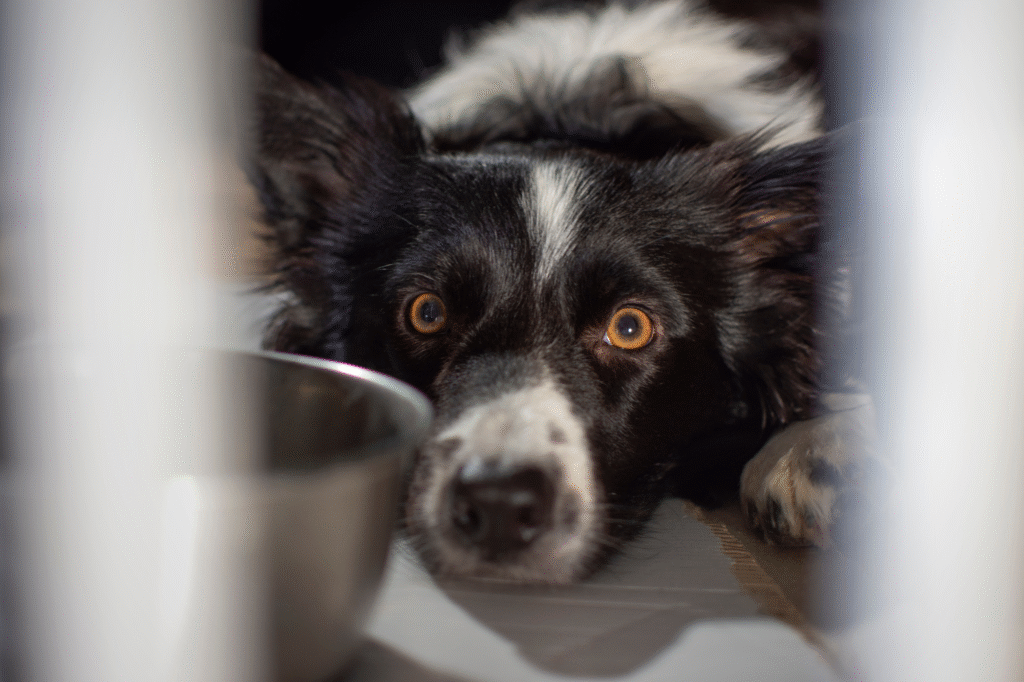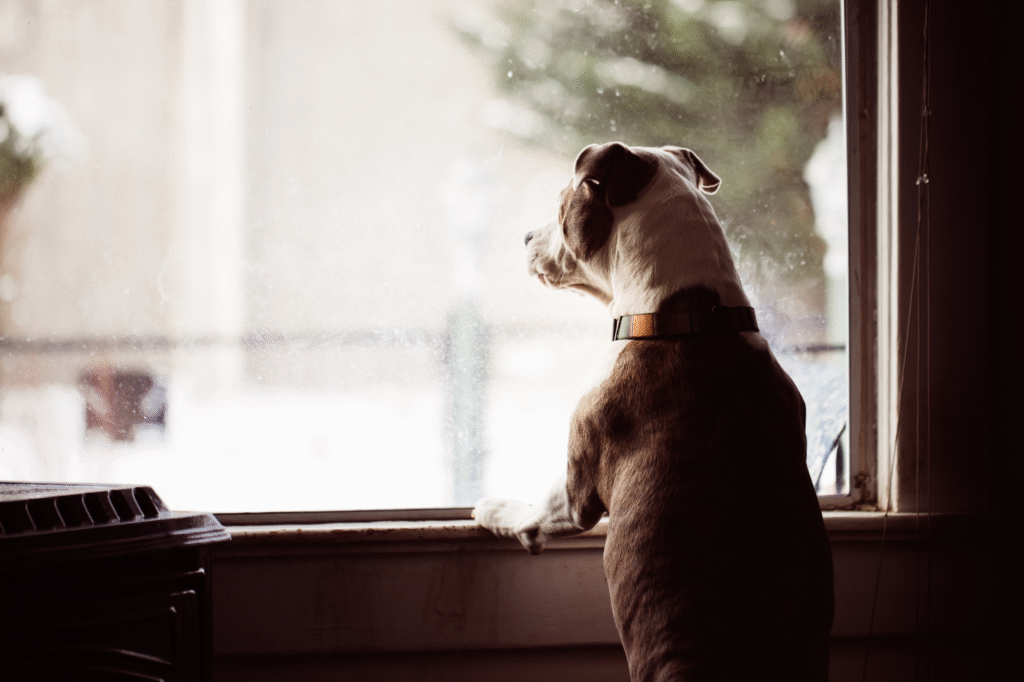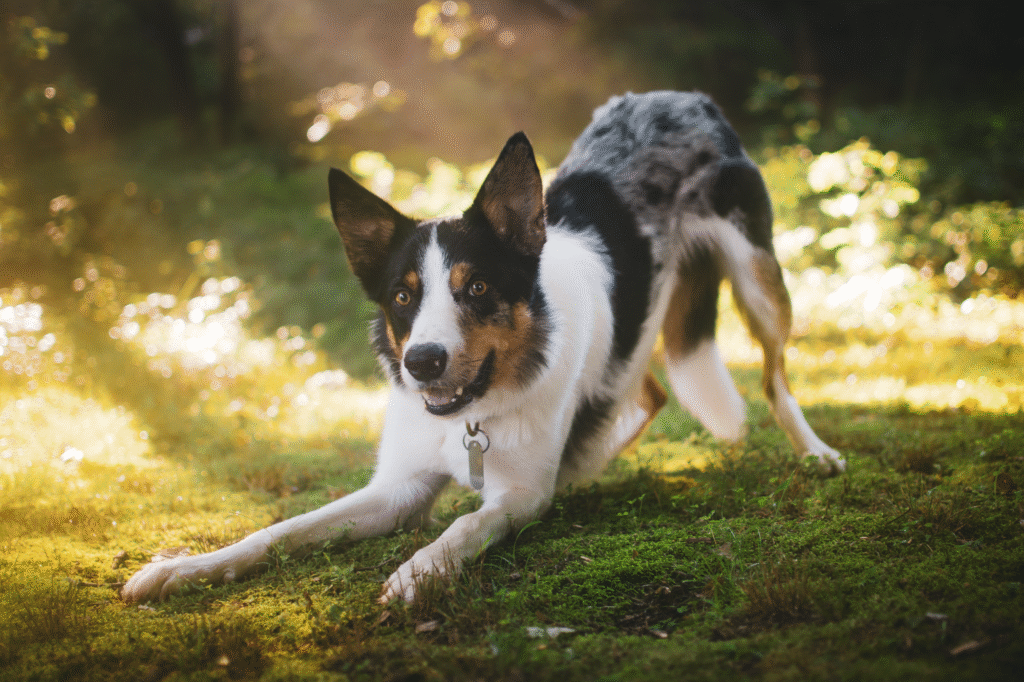The adjustment period feels chaotic, sweet, and a little surprising all at once.

Bringing home a rescue dog feels like winning the lottery and running a marathon on the same day. The excitement is real, but so is the uncertainty about what happens next. Trainers and shelters use the “3-3-3 Rule” as a quick guide to help owners understand how dogs adjust to a new home. The timeline isn’t strict, but it paints a clear picture of what most rescue dogs experience when settling in.
1. The first three days are a whirlwind of survival mode.

Many newly adopted dogs spend the first three days trying to figure out if they’re safe. According to the Humane Society, it’s normal for dogs to shut down, pace, or even seem aloof during this initial window. They’re processing everything—new smells, new people, and a sudden change from whatever life they had before.
These early days can also bring house accidents, nervous barking, or even hiding under furniture. It’s not rejection; it’s self-preservation. The best response is patience and consistency. Giving them quiet spaces, predictable feeding times, and low-pressure introductions helps reduce anxiety. Think of it as emotional decompression time where expectations stay low and compassion stays high.
2. Three weeks bring curiosity mixed with rule testing.

Once the initial shock fades, curiosity usually takes over. As stated by the American Kennel Club, this is when dogs start to explore their environment and show more of their real personality. That confidence boost also means boundary testing often begins.
You might notice new quirks like counter surfing, chewing shoes, or barking at neighbors. This stage isn’t bad behavior—it’s adjustment. Dogs are figuring out where they fit and what the rules are. Setting clear boundaries, reinforcing positive behavior, and keeping routines consistent prevent those small tests from becoming long-term habits. It’s a stage of learning for both of you, where training and trust begin to stick.
3. Three months feel like the start of real belonging.

By three months, many dogs settle into family life and start building deep bonds. Reported by PetMD, this is when most rescue dogs fully relax, showing stable routines and trusting interactions. The cautiousness of day one usually melts into loyalty and affection by this point.
This stage often feels like a turning point because dogs finally believe this home is permanent. Owners see calmer body language, predictable energy levels, and a stronger response to commands. It’s the payoff for all the patience and structure given in earlier weeks. The connection built by this stage often sets the tone for the years ahead.
4. Fear responses often spike before trust settles.

Even in supportive homes, rescue dogs can have random fear moments during the adjustment process. Loud noises, unfamiliar guests, or unexpected handling might trigger sudden retreat or barking fits. These are remnants of past experiences and shouldn’t be confused with defiance.
Earning trust through slow, positive exposure helps replace those fear responses with confidence. This means gentle handling, avoiding punishment for startled reactions, and praising curiosity when it outweighs anxiety. Every breakthrough, no matter how small, reinforces the idea that your home is safe and predictable.
5. Bonding rarely feels instant but builds quietly every day.

Some dogs run into your arms on day one, but most take longer to attach. Bonding often happens through small, repeated moments—consistent meals, daily walks, and quiet cuddle time. Emotional connection isn’t flashy, but it’s incredibly powerful when it finally clicks.
Patience pays off here. Building trust slowly ensures the bond is stable and built on genuine comfort rather than temporary dependence. This gradual process often creates dogs that are deeply loyal and confident, knowing they don’t have to fight for safety anymore.
6. Training gains momentum when routine feels predictable.

Most rescue dogs don’t absorb training during the first few chaotic days, but by the three-week point, they’re ready to learn. Consistent routines signal security, which opens space for focus and responsiveness.
Training during this period should focus on basics like house rules, recall, and leash manners. Simple success builds confidence for both the dog and owner. Once structure becomes second nature, more advanced training goals are easier and more enjoyable to tackle.
7. Personality quirks emerge in unexpected ways.

Once dogs stop feeling like guests, their true personality surfaces. Some become goofballs, others turn out to be quiet observers, and some reveal hidden talents like climbing fences or unzipping backpacks.
These quirks can be surprising but also rewarding because they show you who your dog really is beyond fear or uncertainty. Embracing their individuality and finding positive outlets for quirky habits turns potential problems into charming traits unique to your household.
8. Emotional scars sometimes linger longer than the timeline.

Not every rescue dog fully adjusts in three months. Dogs with trauma, neglect, or long-term shelter stays may need extra time. Slow progress isn’t failure; it’s healing at their own pace.
Offering steady reassurance, avoiding unpredictable punishments, and rewarding bravery helps rebuild emotional resilience. Even if the timeline stretches, every small step forward is worth celebrating, because trust built slowly is often unshakable.
9. The payoff of patience turns nervous arrivals into confident companions.

By the end of this journey, what was once a scared, uncertain rescue often becomes a relaxed family member who feels truly at home. The early days of messes and confusion fade into routines and mutual trust.
This transformation is what makes adopting rescue dogs so unique. They go from guarded survival mode to full emotional connection, thanks to patience, structure, and unconditional care. The result isn’t just a pet—it’s a bond built through resilience and love.
